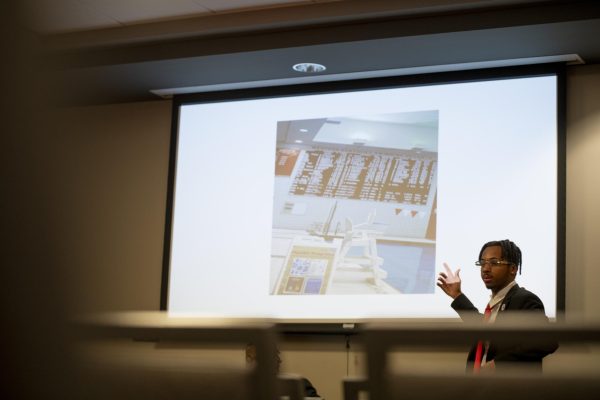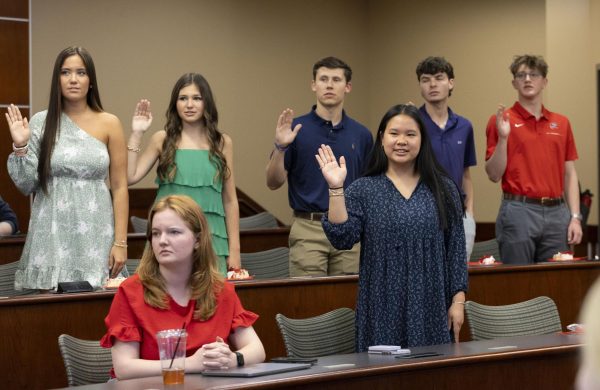Workshop raises club drug awareness
March 4, 2004
Partying and club hopping is a part of college life. However, many people do not relate muscle spasms, hallucinations and blackouts with their average night on the town.
Yesterday, retired Los Angeles Police officer and drug consultant Trinka Porrata presented a workshop at the Alive Center on 31-W Bypass about how partying and clubbing can lead to danger.
Porrata talked to about 15 people about the effects of Gamma Hydroxy Butyrate (GHB) and Ecstasy [MDMA-Methylenedioxymethamphetamine] on high school and college students.
Porrata said Web sites and some medical officials are giving the impression that GHB and Ecstasy are not addictive. She said these drugs are addictive and harmful.
“There are traffic accidents, dental related issues and brain damage from Ecstasy,” Porrata said.
Ecstasy can be taken as a pill or laced with Tootsie Rolls, Vick’s vapor rub and pacifiers.
She also said permanent eye damage from light exposure at Ecstasy parties is serious.
Porrata presented a video of young people passing out, losing muscle control and dehydrating from using Ecstasy.
Under the influence of Ecstasy, she said, women are easily persuaded into sexual situations.
Porrata said GHB is associated with clubbing and is known as the “date rape drug.” It can be taken as a capsule, through powders or through liquids.
Porrata said GHB is undetectable in liquid, making it easy for rapists to sedate their victim.
Western’s faculty and staff took heed to the important message about date rape and club drugs on campus.
Kathryn Steward, health education coordinator of Health Services, said when she gives presentations on GHB, some students are shocked to find that they have been affected by it.
“They come up after presentations and say, ‘I think this happened to me, I was a lot more drunk than I should have been. I was messed up immediately and I don’t know why,” she said.
Molly Kerby, instructor of women’s health, said it is important for the faculty to be aware of these drugs.
“The more that we know about it as educators, we can identify problems,” she said. “If you see kids with pacifiers in their mouths and glow sticks during the day, there might be something to watch.”
Reach Stephanie Toone at [email protected].

























